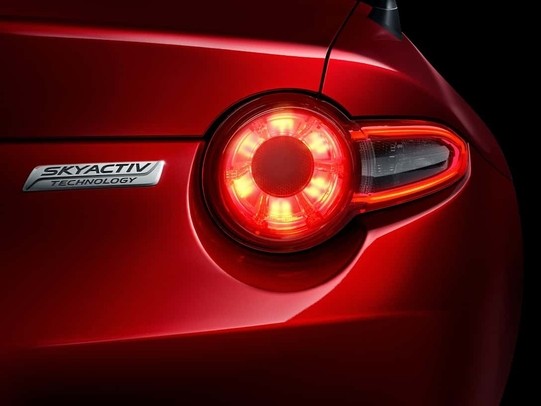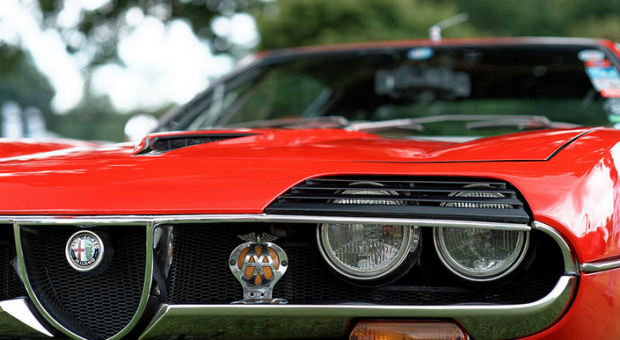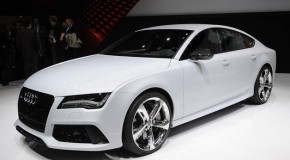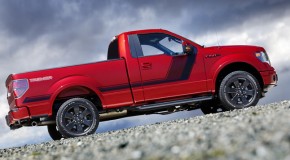
A new study has found that many new drivers felt ill-equipped to handle the practicalities of car ownership after passing their test.
Data released from private plate supplier Regtransfers reveals that while the majority of Brits felt confident in their road skills after passing their test, 1 in 10 received their full license despite feeling they lacked a proper understanding of more general aspects of running a car, such as insurance, servicing, and tyre maintenance.
When asked about the broader aspects of car ownership, 11.6% of drivers rated their confidence below 50% after passing their test, suggesting that while most motorists feel skilled and self-assured behind the wheel, many enter the world of driving underprepared for the everyday realities of maintaining a vehicle.
Commenting on the research, Mark Trimbee, CEO of Regtransfers, highlights the importance of having a full understanding of car maintenance as a safety precaution.
“It’s true that the foremost aspect of safe driving is being able to navigate traffic with competence, but basic car care – knowing how to check your tyres, spot early signs of potential mechanical issues and so on – is also a vital element of being able to maintain a safe vehicle for road use.”
A past study from the AA (who attended 620,000 tyre faults in 2024) found defective brakes to be one of the most common vehicle faults resulting in an accident, causing 750 casualties. In the same year, faulty or worn tyres caused 491 casualties, while faulty steering and suspensions contributed towards 255 casualties. More recent data from the breakdown provider indicated that nearly half of drivers don’t know where to check for the date of manufacture of their tyres.
While it’s unclear whether such accidents stem from neglect or lack of knowledge, Trimbee suggests that better education may go some way to helping reduce fault-related incidents.
“The “show me, tell me” portion of the test – the part that assesses understanding of basic car safety and maintenance – is an exceptionally small part of the overall testing process. In theory, all that’s required to pass is being able to recite the correct answer, meaning it’s a test of memory, rather than understanding.”
“Why is it important to check tyre tread depth? How quickly should you respond to spongy brakes? What might happen if you don’t, or worse, what might happen if you’re involved in an accident? Being able to answer two questions might be enough to pass the exam, but it’s important to have a full understanding of these areas – and what to do – in order to maintain a safe and roadworthy vehicle.”
This issue goes beyond road safety, however. Last year, The Motor Ombudsman found almost a third of young drivers feeling unsure about choosing a vehicle or fuel type. Elsewhere, 62% of young drivers are also reported to experience “refuel anxiety” – discomfort or uncertainty when refuelling.
When asked who should be responsible for teaching young drivers essential car maintenance knowledge, 59% of the Regtransfers study participants said it should be a shared responsibility between driving instructors and parents or guardians. What’s more, almost a quarter (23%) felt it should be part of the driving test.
Finally, the study revealed that one in three drivers (31%) experienced an accident within a year of passing their test – with one in five (20%) happening within the first six months of passing. Statistics such as these highlight the potential need for stronger driving education that combines both road safety and ownership awareness.
“Driving instructors already do a great job teaching road safety”, Trimbee summarises, “but expanding that to further cover general upkeep and maintenance would only strengthen the system, and make Britain’s motorists better prepared for the realities of driving.”
About the Study
Data sourced via a survey of British residents holding a full or provisional UK driving licence who have driven within the past six months.
















